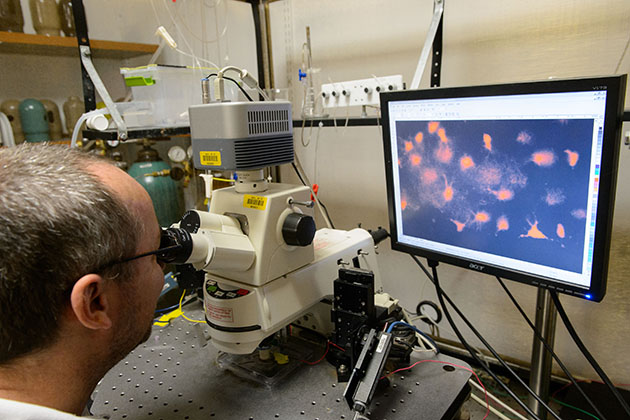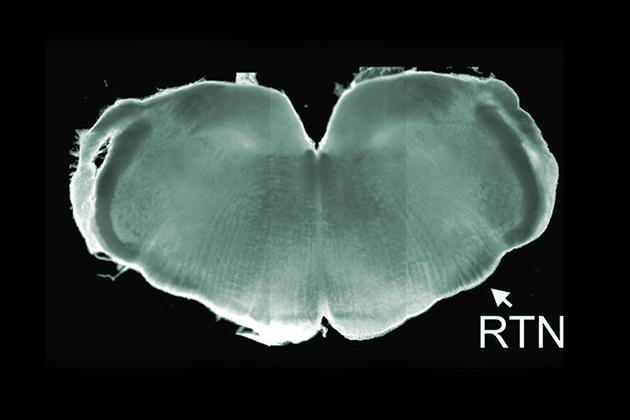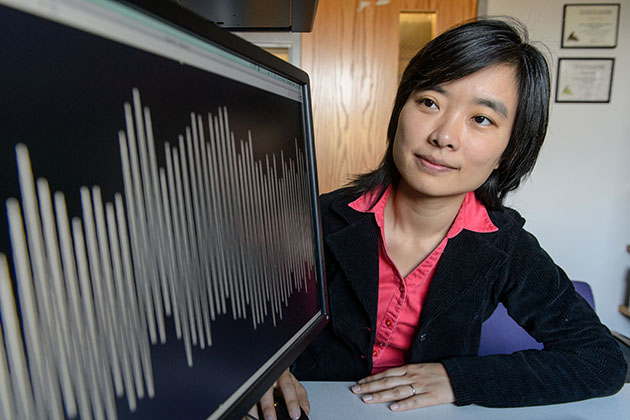From Cannabis to Mint, there are hundreds of common herbs, flowers, berries and plants that serve all kinds of medical and health purposes.
Here are seven of the top medicinal plants that can help with: anti-inflammatory, anti-fungal, insect repellent, antibacterial, detoxification, fever reduction, antihistamine and pain relief.
Cannabis
Mostly legal until 1970 when it became classified as a hard drug. No one thought of it as a dangerous or illicit drug until the 20th century. In fact, the Declaration of Independence is written on it.
Hemp is a remarkable and renewable plant, offering all kinds product and food uses that surpass cotton and plastic. Health benefits are well documented, from depression, anxiety relief, reduced blood pressure, pain alleviation and even glaucoma treatment. It is not addictive, does not kill brain cells and is not a “gateway” drug – in fact, when pot is more available, studies show that the use of hard drugs like heroin and cocaine actually decreases.
Lady Ferns
Grab some and roll it up between your palms. The juices released will quickly ease stinging burns and can also ease minor cuts and burns. Bracken fern are similar to lady fern and will work as well.
Tansy
Tansy is an old-world aster and remedy, used for flavoring beer and stews as well as repelling insects.
Rubbing the leaves on the skin provides an effective bug repellent, but tansy can also be used to treat worms.
It is said to be poisonous when extracted, but a few leaves are not harmful if ingested.
 Mint
Mint
Mint is famous for soothing headaches, fighting nausea, calming the stomach and reducing nervousness and fatigue.
Korean mint, also called Indian mint and hyssop, is a fairly effective antiviral, making it useful for fighting colds and the flu.
Whatever continent you’re on, some type of mint is usually to be found. Eat whole, garnish food or make tea to get the all purpose health benefits.

Alfalfa
Alfalfa is incredibly rich in minerals and health-promoting nutrients and compounds. With roots that grow 20 to 30 feet deep, alfalfa is considered the “father of all plants”. (It also contains a high amount of protein for a green.) It can treat morning sickness, nausea, kidney stones, kidney pain and urinary discomfort.
It is a powerful diuretic and has a bit of stimulant power, helping to energize after a bout with illness. It’s a liver and bowel cleanser and long-term can help reduce cholesterol.
Sage
Sage is an incredibly useful herb, It is anti-inflammatory, anti-oxidant, antifungal, aids digestion, relieves cramps, reduces diarrhea, dries up phlegm, fights colds, reduces inflammation and swelling and kills bacteria. Sage apparently even brings color back to gray hair.

Red Clover
The plant’s reddish pink blossoms can be used for coughs and colds, but they are an excellent detoxifier and blood cleanser as well.
For more valuable plant related content be sure to check two other articles previously featured on Collective Evolution:
Source:CE









